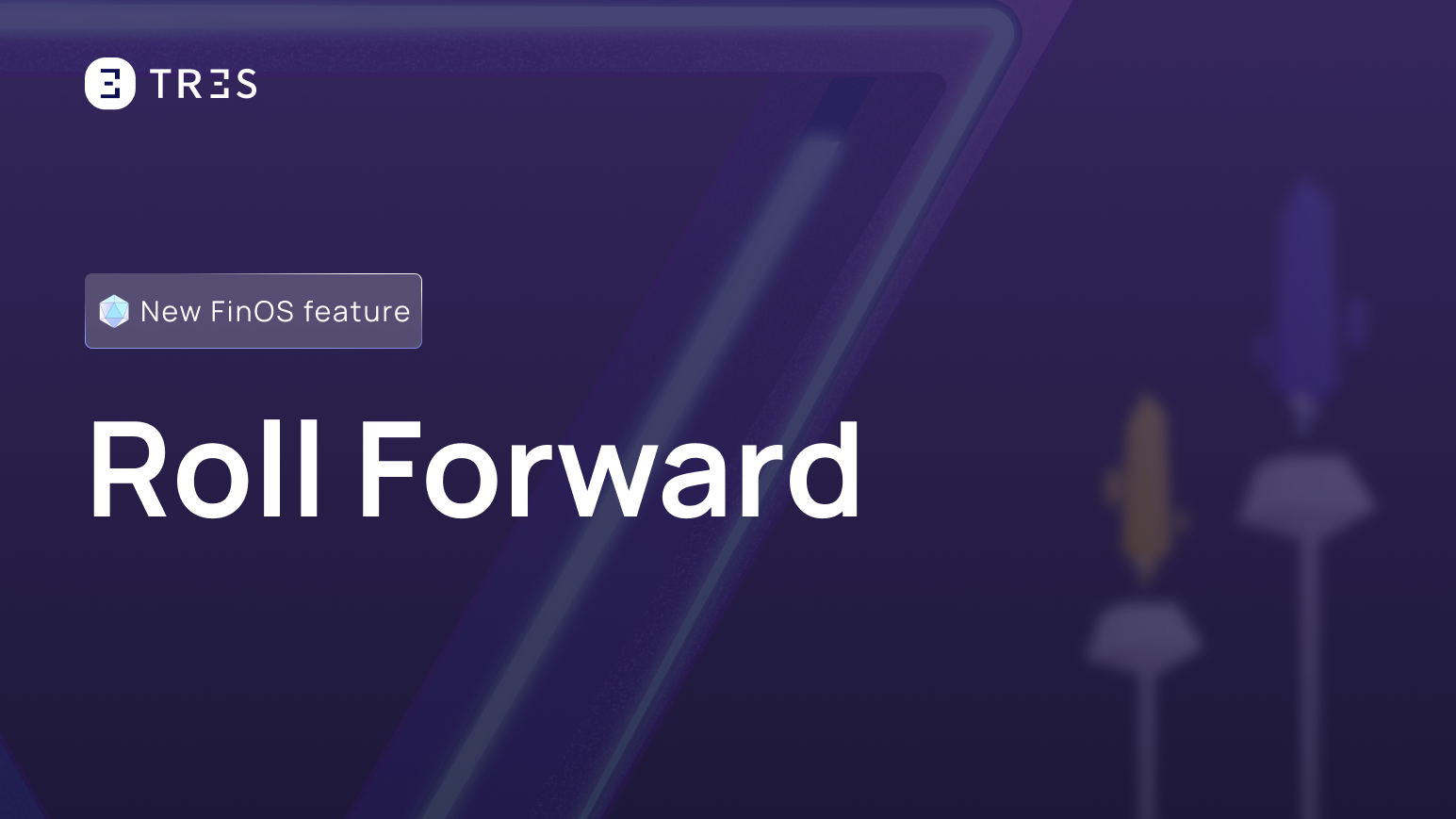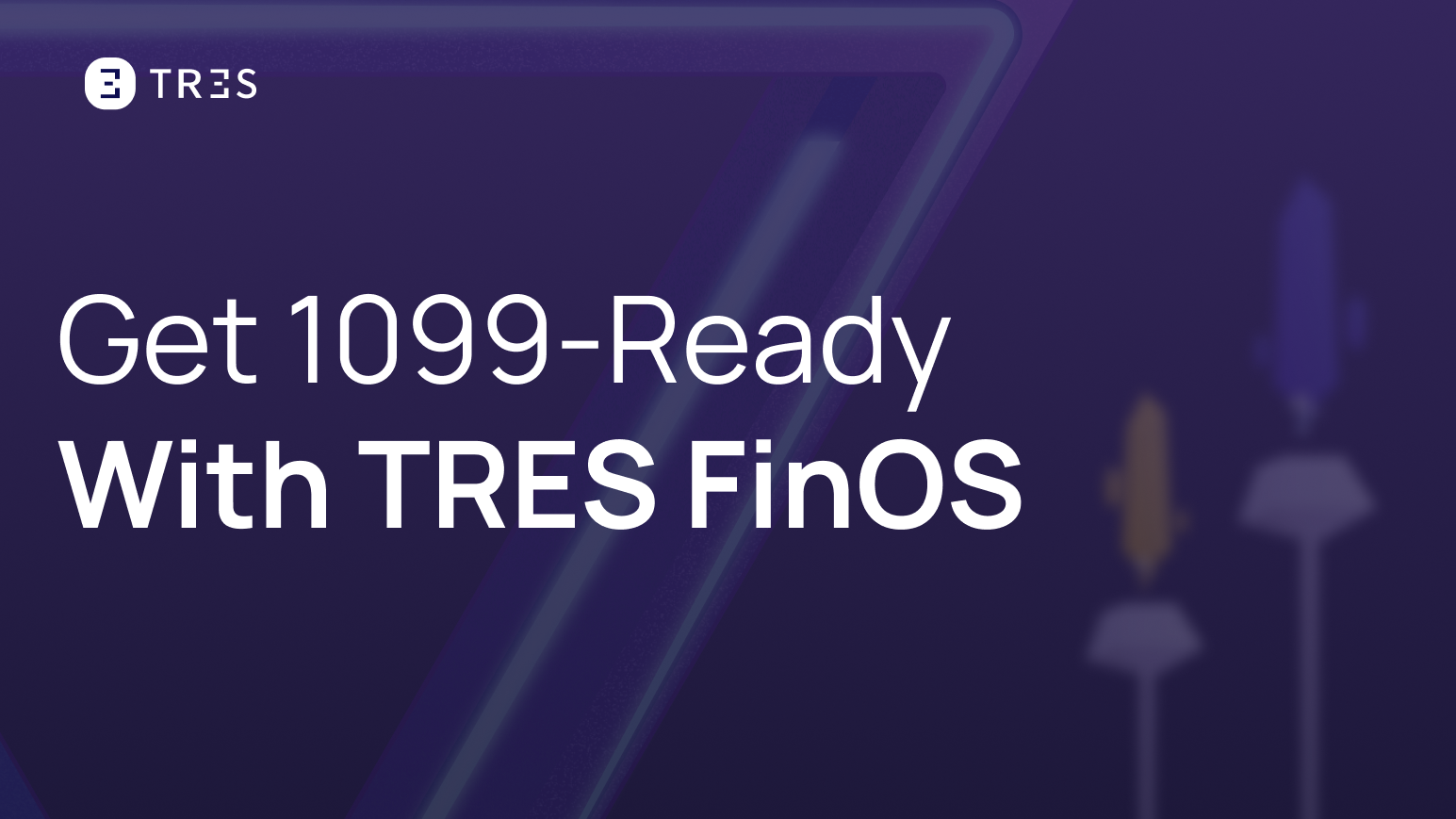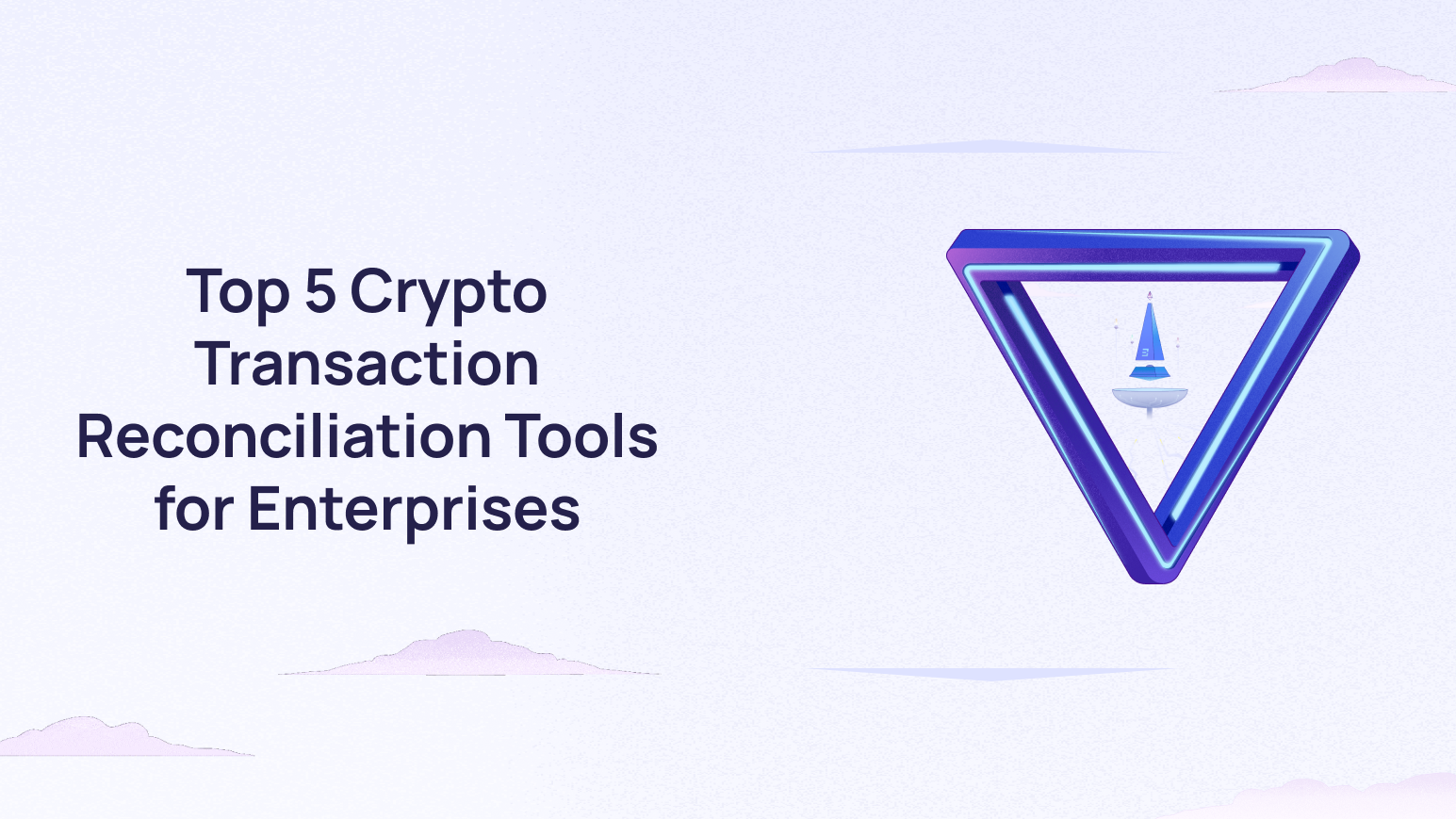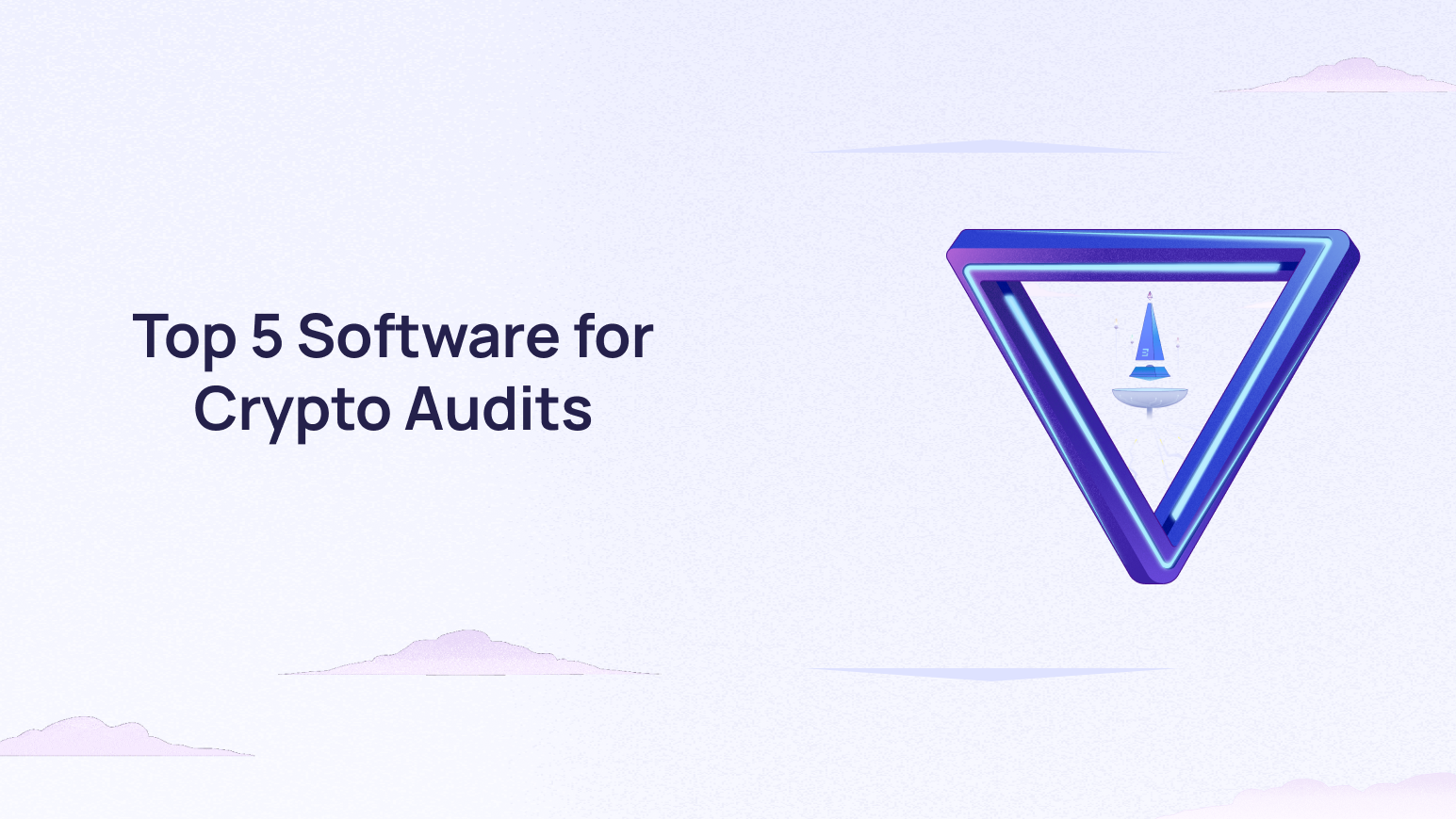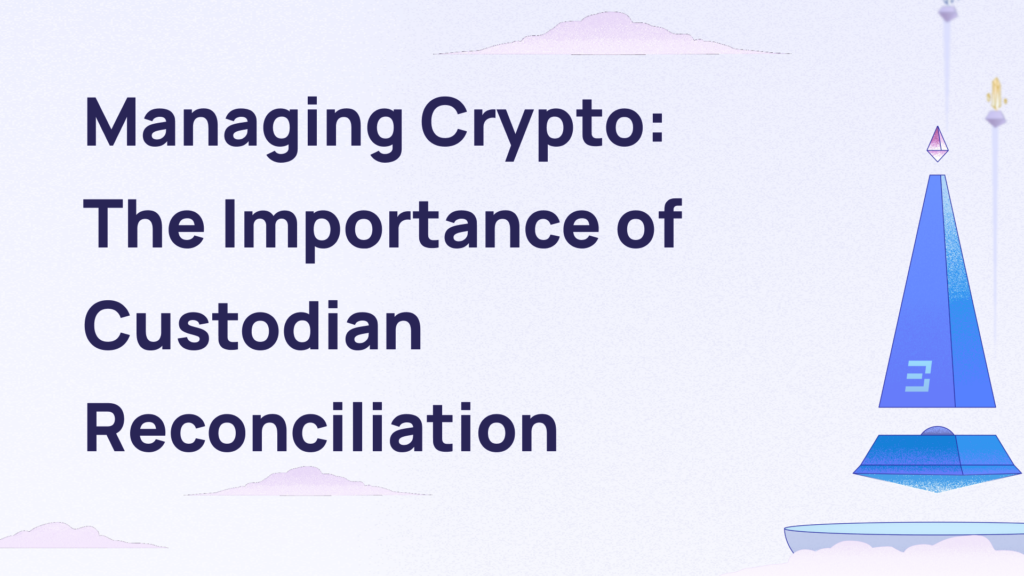
So, you’ve entered the world of cryptocurrency, be it Bitcoin, Ether, Dogecoin, or any other digital asset. These cryptocurrencies are securely stored on the blockchain, but they still feel a little… untouchable, right? They’re out there, floating around in the vast digital space, and you need to know they’re safe.
For institutions, there’s a little more at stake. The last thing you want is for your valuable digital assets to be left unattended or, worse yet, lost. That’s where crypto custodians come in. They’re the professionals who help institutions to safeguard your crypto and keep track of it in a secure, reliable manner.
But what happens if you start worrying that your custodian isn’t keeping as good a record as they should? Maybe you start to question whether every Dogecoin and Bitcoin is really where it should be. That’s where crypto custodian reconciliation comes into play.
What is Crypto Custodian Reconciliation?
Crypto custodian reconciliation is the process of cross-checking the records of your digital assets held by a custodian against your own records, preferably taken from the blockchain. Think of it like a routine check-up to ensure everything is accounted for, no discrepancies, no mistakes. It’s a way to verify that the custodians are doing their job, so you can rest easy knowing your assets are secure.
This might sound simple, but there are a few challenges in the crypto world that can complicate things, like price volatility and the irreversible nature of blockchain transactions. This makes the need for frequent, thorough reconciliation even more critical.
The Risks You Need to Know
When we talk about crypto storage, we’re not discussing physical vaults. We’re talking about digital wallets and protection of private keys that exist on the internet. Losing your private keys is the equivalent of locking your safe and losing the key. Unfortunately, no locksmith is available to help you out in the crypto world.
Then there’s the risk of hacks. Crypto exchanges and custodians can become targets for cybercriminals looking to access your assets. Plus, exchanges can go under, leaving your digital fortune tied to a sinking ship. Unlike traditional banking systems, crypto isn’t FDIC insured.
Lastly, human error. One wrong transaction, and it’s game over for your assets.
All these risks highlight the importance of keeping track of your digital assets and ensuring that your custodian has strong systems in place.
Crypto Custodians Protect You From Key Security Threats.
They implement a broad range of security measures to safeguard your digital assets, using one or a combination of the following:
• MPC (Multi-Party Computation) or Multi-sig solutions: These technologies split private keys into multiple parts, requiring multiple signatures to authorize a transaction—reducing single points of failure.
• Cold storage: Assets are held entirely offline, isolated from internet access, and therefore highly resistant to external attacks.
• End-to-end encryption: Sensitive data—including private keys and transaction metadata—is encrypted both in transit and at rest.
• Hardware Security Modules (HSMs): Specialized hardware devices used to securely generate, store, and manage cryptographic keys.
These measures are part of the custodians’ strategy to eliminate the single point of failure to keep your assets safe, ensuring that even the most sophisticated hackers are thwarted at every turn. In essence, they act as your digital security team, standing guard over your crypto.
The Reconciliation Process
Now, let’s break down the actual reconciliation process:
- Step One: You start with your own ledger, preferably directly taken from the blockchain, this is your record of what you think you have.
- Step Two: The custodian does the same, keeping their own record of your assets.
- Step Three: You compare your ledger with the custodian’s. Every Bitcoin, Ether, and Dogecoin should match up. It’s like confirming you’ve got all the books you thought you lent to friends.
- Step Four: If discrepancies arise, it’s time to investigate. Was a transaction missed? Was an error made? This step is critical to ensuring your digital assets are exactly where they should be.
It may seem like a hassle, but this is how you ensure your crypto is in good hands.
How Often Should You Reconcile?
How often you perform reconciliation depends on your activities. If you’re frequently trading or moving assets, you’ll need to reconcile more often. If you’re holding long-term, you may not need to check as often.
Other factors come into play too, such as how much trust you have in your custodian and the resources at your disposal. But there’s no one-size-fits-all solution. You should tailor your reconciliation frequency based on your unique circumstances.
The Challenges of Crypto Reconciliation
Crypto reconciliation isn’t always as simple as comparing two ledgers. Here are a few challenges you might face:
- Data Complexity: There are thousands of cryptocurrencies and blockchains, each with its own quirks and data formats. Reconciling them all can feel like herding cats.
- There is only one source of truth. Even if you’re comparing two ledgers and you find discrepancies, how you do know which one is right. The only accurate data comes from only one place, the blockchain.
- Cross-Chain Activity: Bridging, wrapping, staking, and DeFi interactions often touch multiple chains or protocols, creating additional complexity when trying to trace asset movements.
How Technology Can Help
Here’s the good news: with the right crypto accounting software, reconciliation doesn’t have to be a nightmare. Tools like TRES Finance can automate much of the tracking and recording process, helping you stay on top of your assets without the manual headache. These tools can detect discrepancies, simplify complex calculations, and integrate with your existing systems, making reconciliation a lot more manageable.
By leveraging technology, you can ensure that your digital assets are secure, compliant, and accurately recorded.
Conclusion
While crypto custodian reconciliation may not be the most exciting part of the crypto world, it’s essential. It helps ensure that your assets are safe, that everything is accounted for, and that your custodian is doing their job. With the right tools and processes in place, it doesn’t have to be overwhelming. At TRES Finance, we make crypto reconciliation easier, so you can focus on the bigger picture , growing your assets and staying ahead in the crypto game.
If you’re ready to simplify your crypto reconciliation, reach out to TRES Finance today to see how we can help!
Interested in TRES?

